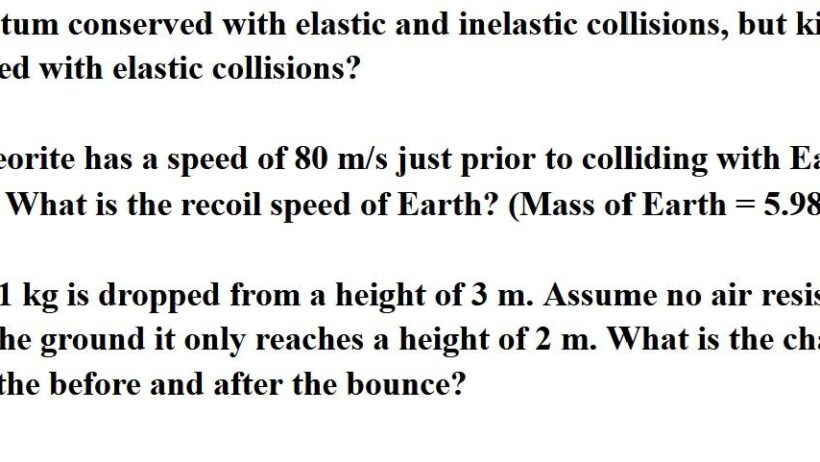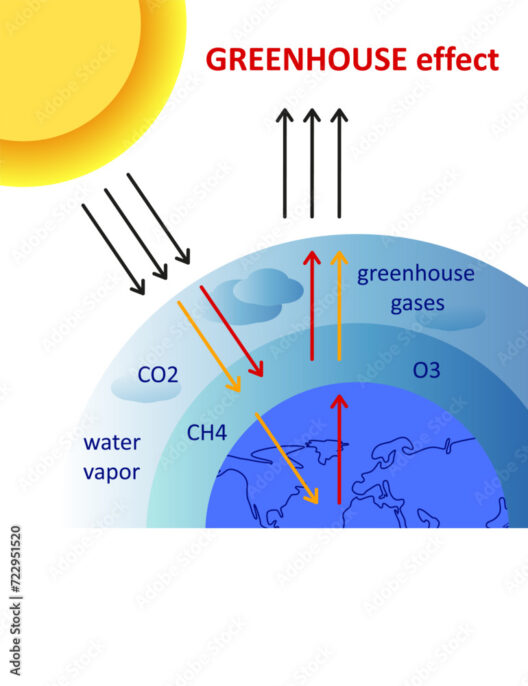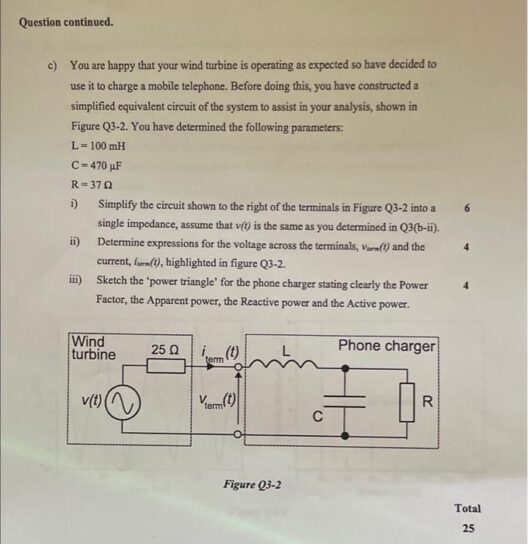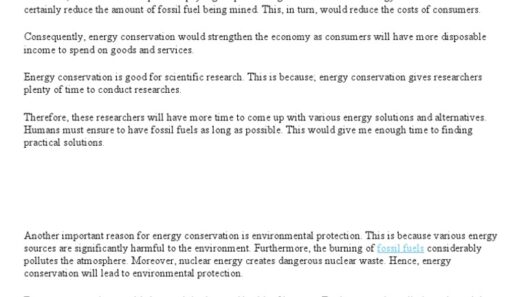In the intricate dance of physics, few phenomena capture the imagination as vividly as the exchange of energy during collisions. Among these collisions, the elastic collision stands out, not merely for its distinctive characteristics but for the profound implications it holds regarding the conservation of energy. Understanding whether energy is conserved in an elastic collision invites both curiosity and contemplation, especially as we delve into the intricate dynamics governing such interactions.
Before dissecting the nuances of elastic collisions, it is imperative to establish a foundational grasp of what defines an elastic collision. In essence, an elastic collision is characterized by two pivotal features: the total kinetic energy of the system before the collision equals the total kinetic energy after the collision, and momentum is conserved throughout the event. Such collisions provide a fascinating glimpse into the fundamental principles of mechanics, leading to the exploration of energy conservation.
Consider the classic example often employed to elucidate this concept: two billiard balls colliding on a frictionless table. When these two spheres collide, they exchange momentum and kinetic energy in a manner that remains perfectly balanced, thereby maintaining the integrity of the system’s total energy. But why is this the case? What underlying principles govern this exchange?
Unraveling the Mechanics of Elastic Collisions
To comprehend the intricate mechanics involved, we must first explore the characteristics of elastic collisions. Unlike their inelastic counterparts, where kinetic energy is transformed into other forms of energy, such as thermal energy or sound during the impact, elastic collisions allow for a remarkable preservation of energy. This phenomenon manifests rather simply in isolated systems, where external forces are negligible.
The key to this preservation lies in the very nature of the particles involved. In elastic collisions, the colliding entities rebound off one another with no deformation or generation of heat. They retain their original shapes, and their cohesive molecular structure plays a crucial role in the conservation of kinetic energy. This property renders elastic collisions an ideal model for understanding energy dynamics, particularly in fields ranging from molecular physics to astrophysics.
The Role of Conservation Laws
At the heart of physics lies the law of conservation of energy, a principle asserting that energy cannot be created or destroyed, only transformed. In the realm of elastic collisions, this law acts as a guiding beacon. As demonstrated through rigorous mathematical formulation, the kinetic energy of the system before and after the collision remains invariant. This equilibrium creates a compelling narrative where energy transitions seamlessly, revealing the elegance of nature’s design.
Consider a scenario involving two identical masses colliding elastically. Assuming mass one travels with an initial velocity, while mass two remains at rest, the system’s momentum and kinetic energy can be calculated before and after the collision. The post-collision velocities can be deduced using algebraic equations, providing concrete evidence of the energy conservation principle.
Exploring Real-World Applications
The principles of elastic collisions extend far beyond theoretical explorations. They manifest in various real-world applications that underscore their relevance. From atomic interactions to the mechanics of vehicle collisions, the ramifications of energy conservation echo throughout the fabric of our daily lives. Take the example of gas particles in a sealed container; their collisions occur elastically, as they ricochet off one another, preserving energy and contributing to the overall pressure within the container.
Moreover, the field of sports provides a tangible illustration; think again of the billiard balls. Professionals rely on an intimate understanding of elastic collisions to execute precise shots, ensuring optimal energy transfer and maintaining kinetic balance. Here, physics is woven into practical applications, showcasing how foundational principles govern activities that may seem entirely unrelated to science.
Challenges and Misconceptions
Despite the clarity surrounding elastic collisions and energy conservation, misconceptions often arise. One common fallacy is equating all collisions with energy conservation, disregarding the nuanced differences between elastic and inelastic scenarios. The term “collision” might universally evoke the image of energy exchange; however, inelastic collisions result in energy dissipation, leading to a loss of kinetic energy and transformation into other forms, such as heat or sound. Recognizing these distinctions is critical for a comprehensive understanding of the various collision types.
Furthermore, real-world conditions introduce complexities that challenge the ideal conditions assumed in theoretical models. Factors such as friction, deformation, and dissipative forces often blur the lines between elastic and inelastic collisions. While perfectly elastic collisions are theoretical constructs, they provide an invaluable framework for analyzing a wide range of interactions.
Conclusions: The Endless Pursuit of Knowledge
In sum, the exploration of whether energy is conserved in elastic collisions serves as a gateway to a broader understanding of physics. Through the lens of conservation laws, mechanics, and real-world applications, one can appreciate the profound beauty embedded in these interactions. Engagement with this topic ignites curiosity, inviting individuals to delve deeper into the laws governing energy, motion, and the universe itself.
The wonder of principle conservation echoes through the corridors of scientific inquiry. It challenges us to grapple with complex ideas while fostering a sense of awe at the mesmerizing intricacies of our world. Indeed, the exploration of elastic collisions is but a stepping stone in the vast landscape of knowledge, where questions beget further inquiries, continuing an endless pursuit of understanding. As we navigate this journey, let us remain vigilant, inquisitive, and ever intrigued by the elegant symphony of energy that surrounds us.







